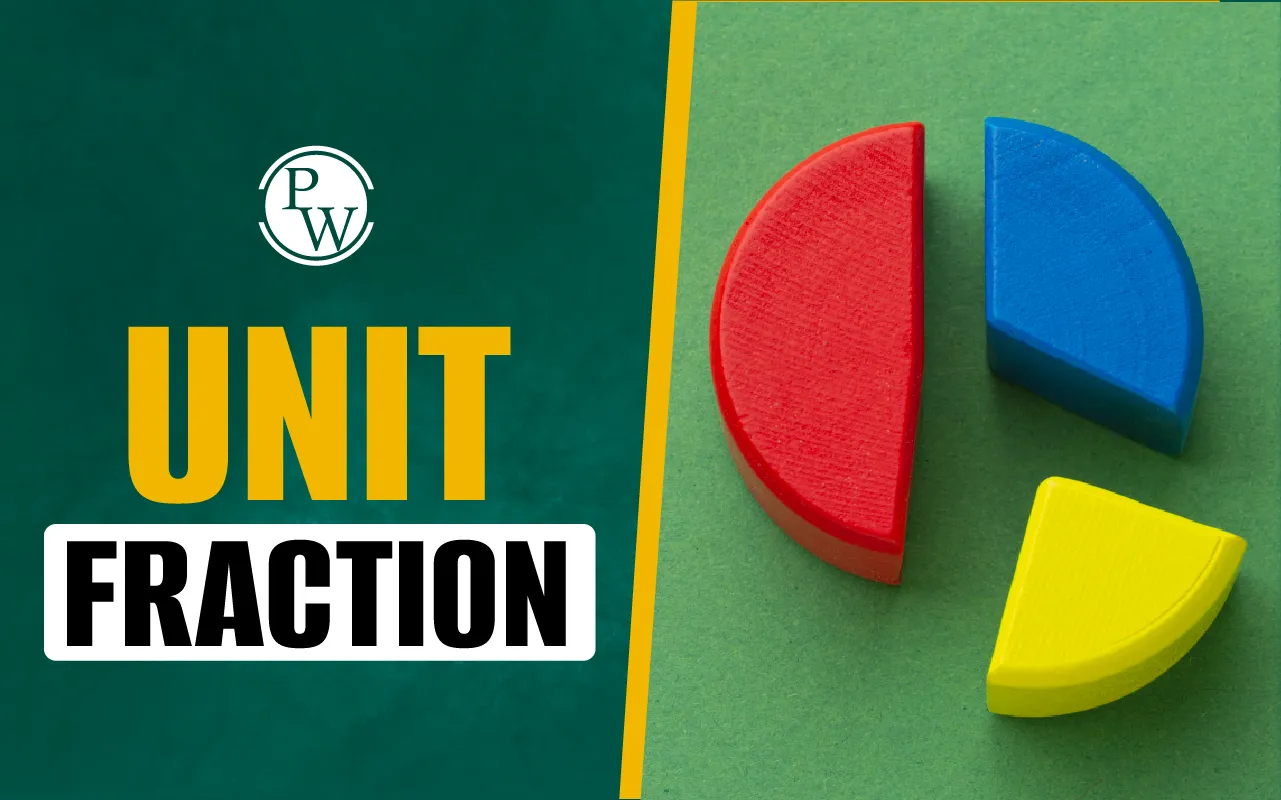
Inches to Feet
Inches to Feet is an important concept in the imperial system of measurement, often used in the United States and other countries. Inches and feet are both used in the measurement of length or distance and are found in day to day life, such as measuring the height of a person, the size of a room or in construction and design.
Understanding how to convert inches to feet helps make measurements easier to read and work with, especially when dealing with larger numbers. Instead of using long inch values, switching to feet makes the information simpler and more practical.
This conversion is commonly provided in primary school and with practical examples to make it easier to understand. Learn more about Inches to Feet, Conversion, Examples, Formula, and more below.
Read More: Centimeters to Inches
What is Inches?
Inches (symbol: in or ″) are a unit used to measure length. One inch is equal to 2.54 centimeters and also makes up 1/12 of a foot. Inches are often used to measure small objects like pencils, mobile screens, notebooks, or parts of clothing. For more accurate measurements, inches can be broken into fractions like ½, ¼, or ⅛.
The term inch is derived from a Latin word that translates to one-twelfth. Inches are regularly applied in everyday life and in schooling.
What is Feet?
Feet (symbol: ft or ′) is a unit of length that is used to measure the taller or longer things. The foot is 12 inches long with a length of about 30.48 centimeters. Foot is named after the size of an adult human foot that was used as a standard measure in the olden days.
Feet are commonly used in measuring height, room size, furniture, and short distances. This unit would come in handy when one has to be able to see longer measurements and inches are too small.
Read More: CM to Feet
How to Convert Inches to Feet?
Calculating inches into feet is a simple but significant mathematical skill that is applied when doing calculations involving length or height. It is widely applied in construction, tailoring, interior design, and in daily life when it is necessary to measure height or a room.
Since 1 foot is equal to 12 inches, we use this relationship to convert inches into feet.
Method 1: Using Division
This is the most common and accurate method.
Step 1: Take the number of inches you want to convert.
Step 2: Divide the number by 12, because there are 12 inches in one foot.
Step 3: The answer is the length in feet.
Example: Convert 36 inches to feet:
-
36 ÷ 12 = 3 feet
Method 2: Using Multiplication
The number of inches can also be multiplied by 0.0833 or the decimal of one inch of a foot.
Step 1: Take the number of inches.
Step 2: Multiply by 0.0833.
Step 3: Round the answer if needed.
Example: Convert 48 inches to feet:
-
48 × 0.0833 = 3.9984 ≈ 4 feet
Method 3: Mixed Format
It can also be useful to write a given measure in feet and the rest of inches in certain situations. It is commonly applied when referring to the height or the size of an object.
Step 1: Divide the number of inches by 12.
Step 2: The whole number is the feet
Step 3: The remainder is the inches left over.
Example: Convert 67 inches to feet and inches:
-
67 ÷ 12 = 5 feet and 7 inches
-
So, 67 inches = 5 feet 7 inches
Read More: Measurement
Inches to Feet Conversion Formula
The conversion from inches to feet is based on the simple rule that:
1 foot = 12 inches
So, to convert inches to feet, you divide the number of inches by 12.
Conversion Formula:
Feet = Inches ÷ 12
Alternate Formula Using Decimals:
Feet = Inches × 0.0833
Here, 0.0833 is the approximate decimal value of one inch in feet. This method gives the result in decimal format, which is helpful for more precise measurements.
Examples of Inches to Feet
These examples show how to apply the conversion formula in real-life situations:
Example 1: Convert 36 inches to feet
36 ÷ 12 = 3 feet
Example 2: Convert 50 inches to feet
50 ÷ 12 = 4.1667 feet
This can also be written as 4 feet and 2 inches
(0.1667 × 12 ≈ 2)
Example 3: Convert 72 inches to feet
72 ÷ 12 = 6 feet
Example 4: Convert 67 inches to feet and inches
67 ÷ 12 = 5 feet and 7 inches
(67 = 12 × 5 + 7)
Also Read: How Many Inches is 20 CM?
Help Students Improve Math Confidence and Speed with CuriousJr
CuriousJr offers a dedicated Online Mental Maths Course designed to help students build confidence and improve their calculation speed. With a focus on quick and accurate problem-solving, the course supports children in becoming comfortable with numbers in everyday situations like handling money or solving classroom tasks. This method will help children ask questions, think quicker and feel more confident working on math problems.
The goal is to make math easy, enjoyable, and stress-free, laying a strong foundation for future learning. Enroll now to boost your child's math skills with CuriousJr.
Inches to Feet FAQs
Is 72 inches 6 ft?
How many feet are in 72 inches?
How many inches are in a foot?
Convert 5 ft and 9 inches to feet.
Where can I find an inches to feet chart for easy reference?










